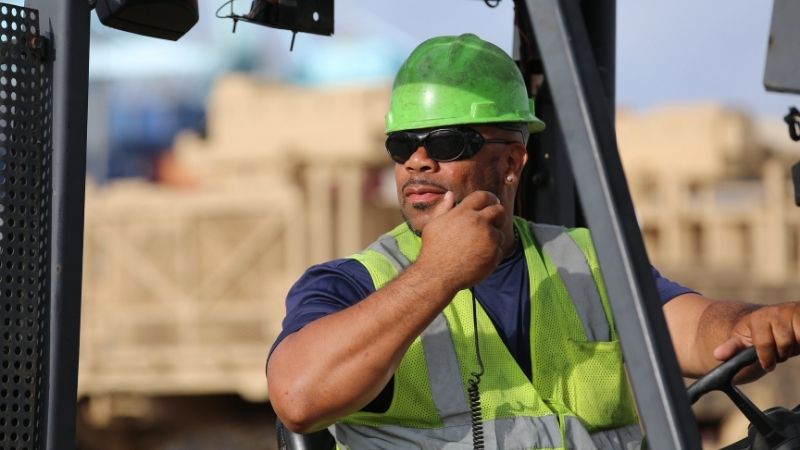A basic survival skill our ancestors used was orienting themselves in relation to their surroundings. They did so for a variety of reasons, including to assess a prey animal’s position and distance to estimate how far to throw a spear or shoot an arrow. They also had to use this skill to evaluate a threat, such as when a predator was in their immediate environment, to know if they were in danger and would have to act to protect themselves. Early humans also navigated the wilderness and would have to orient their position to prevent getting lost. The skill of orienting helped our ancestors maintain awareness of their surroundings and function in different survival situations.
Body awareness, which generally develops in childhood, is described as the ability to recognize where your body is in a space. It helps us understand how to relate to and interact with the things around us. It is important for workers to plan and coordinate their body in relation to the different objects, operations, and hazards in their work environment. It is a sense that helps you know how each of those works together as you perform activities throughout the day.
Keeping body awareness is important in using our orientation skill. Orientation is really spatial perception and refers to the ability to identify your position and the position or direction of objects or points in a space. Orient by definition means to align or position something relative to the points of a compass or other specified positions. This “spatial reasoning” should occur naturally, but in this busy world, there is a lot of sensory input coming at us. On occasion, all this input causes us to become distracted and lost in a stimulus wilderness. We lose ourselves and don’t assess our body position in relation to our environment, leaving us exposed to danger or harm. Maintaining our body awareness and using our orientation skills is so important to keep ourselves safe.
Improving sense of body awareness and orientation skills
The brain has a specialized region for navigating our spatial environment. This region is called the hippocampus and is the map reader of the brain. The hippocampus helps you determine where you are, how you got there, and how to navigate to the next place. It acts to give us a mental image of our environment in a cognitive map.
Reading maps or doing navigational exercises can affect the brain in beneficial ways, causing the hippocampus to grow as more neural pathways are formed and the number of mental maps increases. This could help your orientation skills improve and develop.
Orienting while performing work
When beginning work, you should establish a baseline of your environment. This baseline is a mental map and is made up of the “normal” factors in your work area. Doing this will help you evaluate your situation as you do your job tasks. Make note of markers around you. These might include work operations, co-workers, equipment, or other objects. Calculate your physical position in relation to all the markers you have noted and estimate the distance of each marker from you.
Now, you can begin your work activities. Periodically pause what you are doing and take any sensory information you receive from listening and observing to determine if there is an immediate danger to you. Unless you identify an immediate threat that requires action, take the time to readjust yourself to your surroundings, and get a bearing on where you are and what is going on. If you find that there is a hazard present in your work environment, determine if your physical position is in the line of fire or sphere of effect of any of the hazards present and let the evaluated conditions determine your next actions to keep yourself safe.
The time to sharpen and enhance your awareness skills is now – before you face a potentially dangerous situation. As you practice, you will develop competence in the ability to keep yourself safe while working. The idea is to take in all the sensory and physical markers in your environment to become so totally aware of your surroundings and your place in them that you never get lost in the work operations wilderness.


